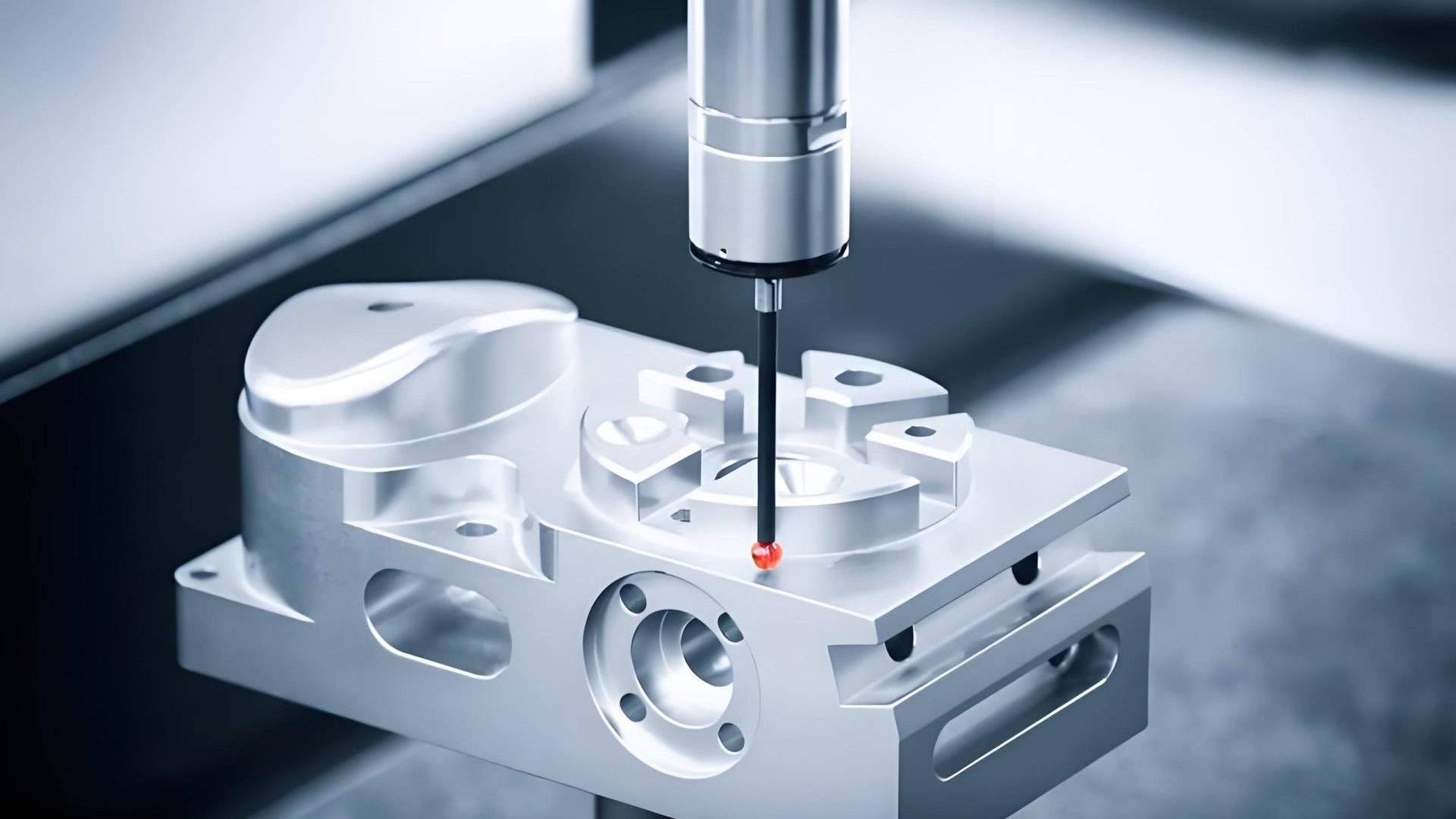Computer Numerical Control (CNC) represents a revolutionary approach to manufacturing, where computers control machine tools with unparalleled precision. The fundamental concept behind a cnc machine involves converting design specifications into numerical code that automates the machining process.cnc machine.
Unlike manual machining, which relies entirely on human operators, a cnc machine follows pre-programmed instructions to perform complex sequences of operations with consistent accuracy. This technology has transformed industries ranging from aerospace to automotive manufacturing, enabling production capabilities that were previously unimaginable.
The evolution of CNC technology began in the 1940s and 1950s with early experiments in automated machining, primarily driven by the aerospace industry's need for more precise and consistent manufacturing processes. Over the decades, advancements in computing power, software, and mechanical engineering have transformed the humble origins of numerical control into the sophisticated cnc machine systems we see today.
Modern CNC systems offer capabilities such as multi-axis machining, high-speed processing, and integration with computer-aided design (CAD) and computer-aided manufacturing (CAM) software. These advancements have made the cnc machine an indispensable tool in modern manufacturing environments, capable of producing complex parts with tight tolerances repeatedly.
The core advantages of CNC technology include increased productivity, improved part quality, reduced waste, and the ability to produce complex geometries that would be extremely difficult or impossible to achieve with manual machining methods. As technology continues to advance, we can expect even more sophisticated cnc machine systems that further push the boundaries of what's possible in manufacturing.

Key CNC Technology Benefits
- Exceptional precision and repeatability (±0.001mm tolerance)
- 24/7 operation capability with minimal supervision
- Reduced setup times and increased production efficiency
- Ability to produce complex 3D geometries consistently
- Integration with digital design and manufacturing workflows
CNC Technology Evolution Timeline
1950s - Inception
First numerical control machines developed by John Parsons and Frank Stulen, using punched tape for programming. These early systems laid the groundwork for the modern cnc machine.
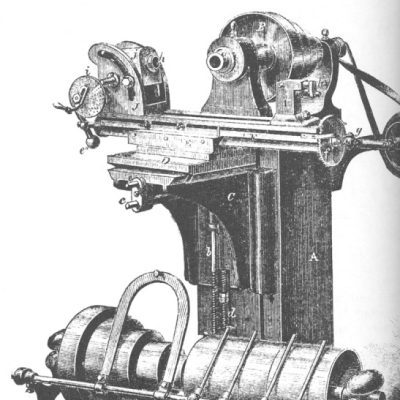
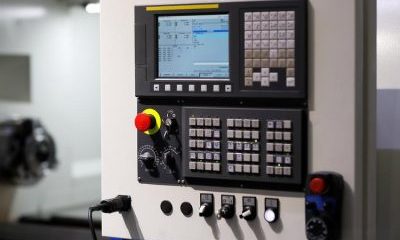
1970s - Computer Integration
Computers replaced hardwired control systems, giving birth to true CNC. This allowed for more complex programming and greater flexibility in machining operations, significantly expanding the capabilities of the cnc machine.
1990s - CAD/CAM Integration
Widespread adoption of CAD/CAM software integration with CNC systems revolutionized manufacturing workflows. This period saw significant improvements in cnc machine accuracy and the ability to produce complex parts.
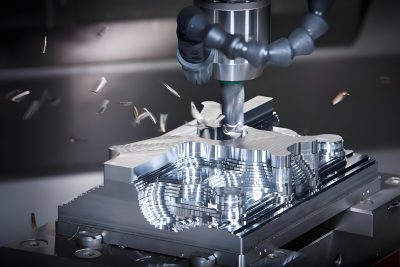
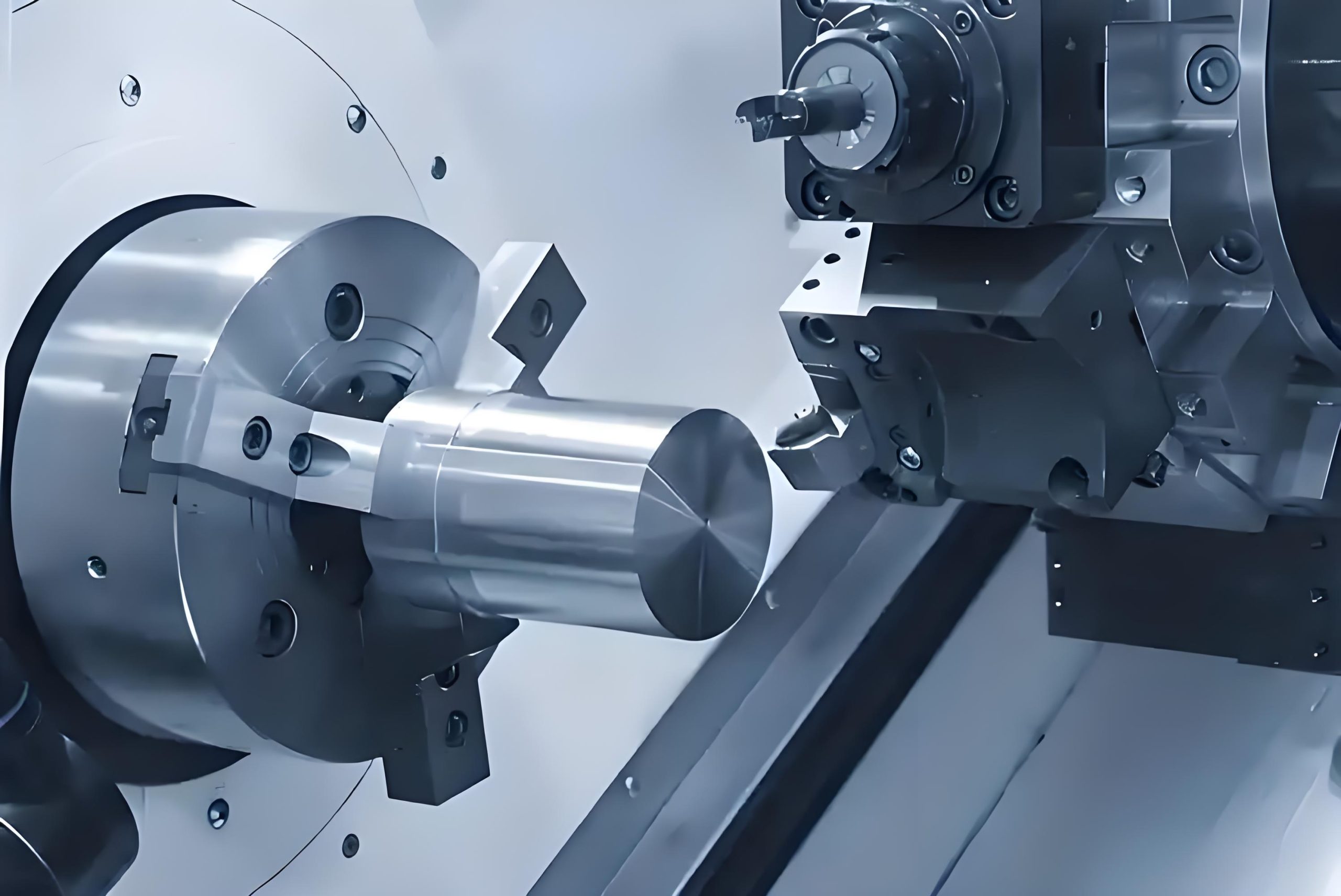
2010s-Present - Smart Manufacturing
Industry 4.0 integration with IoT connectivity, AI-driven optimization, and advanced data analytics. Today's cnc machine systems offer unprecedented levels of automation, efficiency, and connectivity.
Fundamental G-Codes
Essential commands for CNC programming
- G00 Rapid positioning
- G01 Linear interpolation
- G02 Circular interpolation (clockwise)
- G03 Circular interpolation (counter-clockwise)
- G20 Program in inches
- G21 Program in millimeters
- G28 Return to reference point
- G40 Cancel tool radius compensation
- G41 Tool radius compensation (left)
- G42 Tool radius compensation (right)
- G80 Cancel canned cycles
- G81 Drilling cycle
The CNC Programming Process
CNC programming is the process of creating instructions that direct a cnc machine to produce a part. These instructions, written in a specific format, control every aspect of the machining operation, from spindle speed to tool changes and precise movements along multiple axes.
The programming process typically begins with a detailed part design, usually created in CAD software. This design is then converted into a format that can be used by CAM software, which generates the toolpaths and machining operations necessary to produce the part. The CAM software outputs a G-code program that the cnc machine can understand and execute.
While CAM software has largely automated the programming process, understanding manual programming remains essential for CNC operators and programmers. Manual programming involves writing G-code and M-code instructions directly, providing precise control over the cnc machine's operations.
Programming Methods
Manual Programming
Writing G-code and M-code instructions directly, suitable for simple parts and operations. Requires deep understanding of cnc machine capabilities and code structure.
Computer-Aided Programming
Using CAM software to generate code from CAD models. Ideal for complex parts with intricate geometries that would be difficult to program manually for a cnc machine.
Example CNC Program
Below is an example of a simple G-code program for drilling a series of holes on a cnc machine:
% O0001 (DRILLING PROGRAM) G21 (METRIC UNITS) G17 (XY PLANE SELECTION) G40 G49 G80 (CANCEL OFFSETS AND CYCLES) G54 (WORK OFFSET SELECTION) T1 M6 (TOOL CHANGE TO DRILL) S2000 M3 (SPINDLE ON CLOCKWISE AT 2000 RPM) G00 X50.0 Y50.0 (RAPID TO FIRST HOLE POSITION) G43 H1 Z50.0 M8 (TOOL LENGTH COMPENSATION, COOLANT ON) G81 R5.0 Z-20.0 F100 (DRILLING CYCLE) X100.0 (NEXT HOLE POSITION) X150.0 (NEXT HOLE POSITION) Y100.0 X100.0 (NEXT HOLE POSITION) X50.0 (NEXT HOLE POSITION) G80 (CANCEL DRILLING CYCLE) G00 Z100.0 M9 (RAPID RETRACT, COOLANT OFF) X0 Y0 (RETURN TO HOME POSITION) M30 (PROGRAM END AND RESET) %
This program drills five holes in a rectangular pattern using a cnc machine, demonstrating basic G-code structure and common commands.
Advanced Programming Concepts
Tool Offsets
Tool offsets compensate for variations in tool length and diameter, ensuring precise dimensions. Modern cnc machine systems allow for automatic tool length measurement and offset entry.
Work Offsets
Work offsets (G54-G59) establish the relationship between the machine's coordinate system and the part's coordinate system, allowing for flexible part positioning on the cnc machine table.
Canned Cycles
Canned cycles (G80-G89) simplify programming of common operations like drilling, tapping, and boring. These predefined cycles reduce programming time and improve consistency on a cnc machine.
Program Verification
Before running a program on an actual cnc machine, verification is crucial to prevent collisions and ensure part accuracy.
- Graphical simulation of toolpaths
- Collision detection between tool, part, and machine
- Material removal simulation
- Machine cycle time estimation
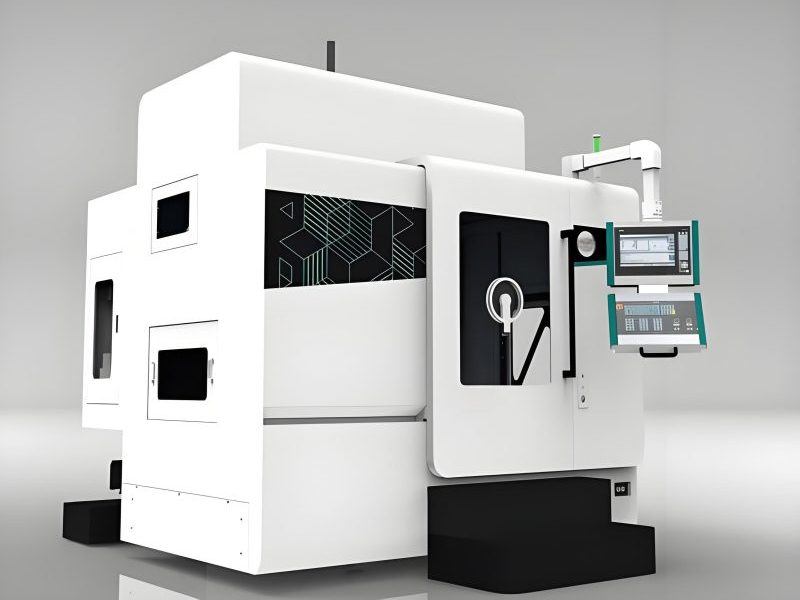
The Brain of the CNC Machine
The computer numerical control (CNC) controller serves as the brain of the cnc machine, interpreting the G-code program and converting it into precise electrical signals that drive the machine's motors and actuators.
Modern CNC controllers are sophisticated computing systems that offer a wide range of features to enhance machining precision, efficiency, and ease of use. They act as the interface between the operator and the cnc machine, providing real-time feedback and allowing for adjustments during operation.
The controller's processing power directly impacts the cnc machine's performance, particularly in high-speed machining applications where rapid calculation of toolpaths is essential. Advanced controllers can handle complex 5-axis machining with smooth interpolation between axes.
Controller technology continues to evolve, with modern systems incorporating touchscreen interfaces, advanced graphics, and connectivity features that enable integration with manufacturing execution systems (MES) and other factory automation solutions.
Key Components of a CNC Controller
Processor Unit
The central processing unit (CPU) that executes the control algorithms and processes data for the cnc machine operations.
Input/Output System
Interfaces that connect the controller to sensors, actuators, and peripherals, managing data flow within the cnc machine system.
Axis Control Module
Manages the position and velocity of each axis, ensuring precise coordination between movements on the cnc machine.
Operator Interface
The human-machine interface (HMI) that allows operators to interact with the cnc machine, including displays and input devices.
Controller Functionality and Features
Program Execution
The controller reads and interprets G-code programs, converting them into machine movements. Modern controllers can execute look-ahead functions, processing several blocks of code in advance to ensure smooth motion and optimal performance of the cnc machine.
Motion Control
Precise control of axis movements through interpolation algorithms (linear, circular, helical, and spline) that determine the path of the cutting tool. Advanced controllers offer high-speed processing for complex 5-axis machining on a cnc machine.
Adaptive Control
Some advanced controllers feature adaptive control capabilities that adjust feed rates and spindle speeds in real-time based on cutting conditions, optimizing performance and protecting the cnc machine and tooling from damage.
Connectivity and Data Management
Modern CNC controllers offer various connectivity options (Ethernet, USB, wireless) for program transfer, remote monitoring, and data collection. This enables integration with CAD/CAM systems, production management software, and Industry 4.0 initiatives, making the cnc machine part of a connected manufacturing ecosystem.
Error Detection and Diagnostics
Controllers monitor machine status and performance, providing diagnostic information and alerts for issues such as overloads, positioning errors, or sensor malfunctions. This helps minimize downtime and maintain the reliability of the cnc machine.
Leading CNC Controller Manufacturers
-
 Fanuc
Fanuc
-
 Siemens
Siemens
-
 Mitsubishi
Mitsubishi
-
 Heidenhain
Heidenhain
-
 Haas
Haas
-
 Fagor
Fagor
Controller Performance Metrics
Precision Motion Control
The feed servo drive system is a critical component of any cnc machine, responsible for converting electrical signals from the controller into precise mechanical motion. This system comprises servo drives, servo motors, and feedback devices that work together to achieve accurate positioning and velocity control.
In a cnc machine, each axis of motion is typically controlled by its own servo system. The controller sends command signals to the servo drives, which amplify these signals and convert them into current that drives the servo motors. The motors then rotate, moving the machine's axes through a system of滚珠丝杠s or other mechanical transmissions.
Feedback devices, such as encoders or resolvers, continuously monitor the actual position and velocity of each axis, sending this information back to the controller. This closed-loop feedback system allows the controller to compare the desired position with the actual position and make real-time adjustments, ensuring the cnc machine maintains precise control.
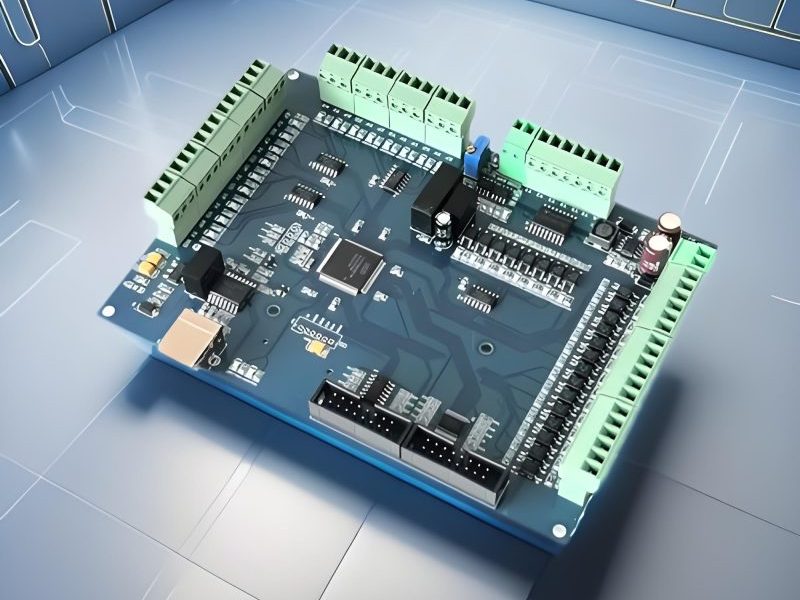
Components of a Servo Drive System
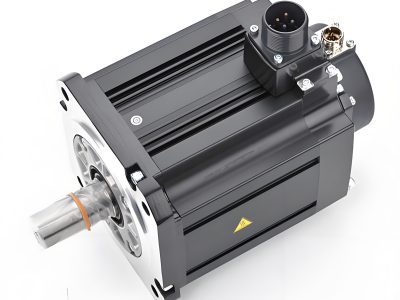
Servo Motors
Electric motors designed for precise control of angular position, velocity, and acceleration. Common types used in a cnc machine include AC servo motors and brushless DC servo motors, known for their high torque-to-inertia ratio and rapid response.
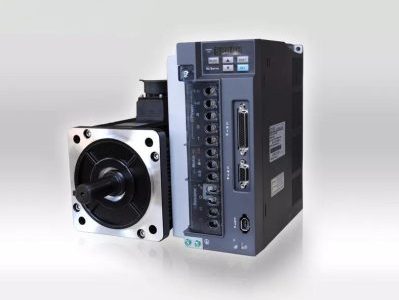
Servo Drives
Electronic amplifiers that take control signals from the CNC controller and convert them into high-power current to drive the servo motors. The drives regulate motor current, voltage, and velocity, acting as the interface between the controller and motors in a cnc machine.
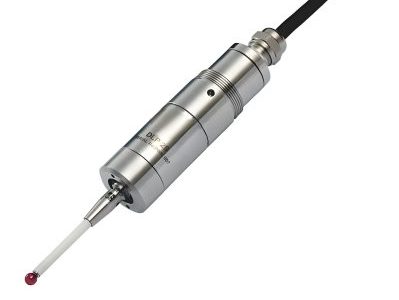
Feedback Devices
Sensors that provide real-time position and velocity information. Optical encoders are most common in a cnc machine, offering high resolution. Other types include resolvers, linear scales, and magnetic encoders, each with specific advantages for different applications.
Servo System Performance Characteristics
Accuracy and Precision
The ability of the servo system to achieve and maintain the desired position. This is critical for ensuring part quality in a cnc machine and is influenced by factors such as encoder resolution, backlash, and system rigidity.
Dynamic Response
How quickly the servo system can accelerate, decelerate, and change direction. A fast response is essential for high-speed machining and complex contouring operations on a cnc machine.
Stability
The system's ability to maintain consistent performance without oscillation or overshoot. Proper tuning of servo parameters is essential to achieve stable operation of the cnc machine across different operating conditions.
Torque Characteristics
The torque output of the servo motor across its speed range. A cnc machine requires sufficient torque to accelerate loads and maintain cutting forces without stall or loss of position.
Servo Tuning
Proper tuning of servo parameters is essential for optimal cnc machine performance. This involves adjusting gains and filters to achieve the best balance between responsiveness and stability. Modern systems often feature auto-tuning capabilities that simplify this process while optimizing performance for specific applications.
Types of Servo Systems
AC Servo Systems
Widely used in modern cnc machine applications due to their high performance, reliability, and low maintenance requirements. AC servo motors offer excellent speed control, high torque at low speeds, and good thermal characteristics.
DC Servo Systems
While less common in new cnc machine designs, DC servo systems offer precise control and are simpler in construction. They require regular maintenance due to brush wear, which has led to their replacement by AC systems in most applications.
Linear Servo Systems
Direct-drive linear systems eliminate mechanical transmission components like滚珠丝杠s, offering higher speeds, accelerations, and positioning accuracy. They are used in high-performance cnc machine applications where maximum precision and speed are required.
Servo System Maintenance
Proper maintenance of servo systems is essential for maintaining the performance and reliability of a cnc machine. Key maintenance activities include:
- Regular inspection of motor connections and cabling
- Lubrication of mechanical transmission components
- Cleaning of encoder lenses and feedback devices
- Checking for unusual vibrations or temperature rises
- Periodic verification of positioning accuracy and repeatability
- Software updates for servo drive firmware
Fundamental Motion Mechanisms in CNC Machines
Ball Screws
Precision screws with recirculating ball bearings that convert rotational motion to linear motion with high efficiency and minimal backlash, essential for accurate positioning in a cnc machine.
Linear Guides
Bearings that provide smooth, precise linear motion while supporting loads. They minimize friction and ensure straight-line movement of axes in a cnc machine.
Spindles
Rotating shafts that hold cutting tools or workpieces. High-precision spindles in a cnc machine provide stable rotation at variable speeds for different machining operations.
Gear Systems
Mechanical components that transmit power and motion between rotating shafts, often used in cnc machine spindles and feed drives to achieve different speed-torque combinations.
CNC Machine Classification
CNC machines are classified based on their primary function, number of axes, and the type of machining operations they perform. Each type of cnc machine is designed for specific applications.
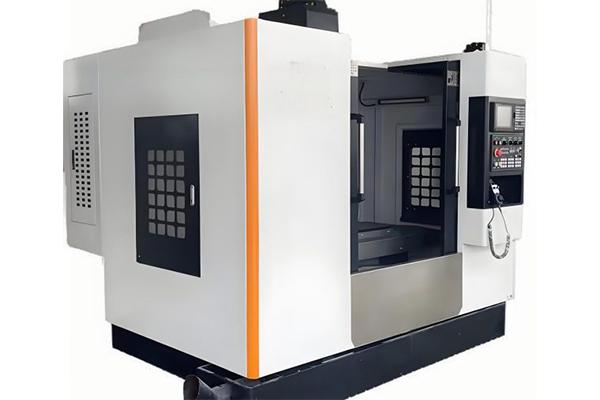
CNC Milling Machines
Versatile machines that use rotating cutting tools to remove material from workpieces. A cnc machine mill can perform various operations including drilling, boring, threading, and contouring. They are available in vertical and horizontal configurations with 3 to 5 axes.
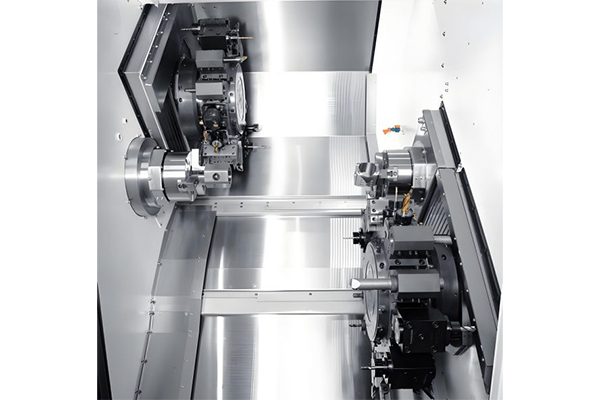
CNC Turning Centers
Machines that rotate the workpiece while stationary cutting tools shape it. A cnc machine lathe produces cylindrical parts with high precision. Modern turning centers often include live tooling for milling operations.
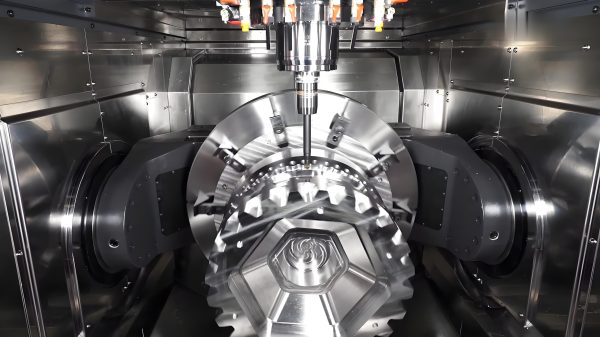
5-Axis Machining Centers
Advanced machines that can move a workpiece or tool along five axes simultaneously, allowing complex geometries to be machined in a single setup. This cnc machine type eliminates multiple setups and improves accuracy.
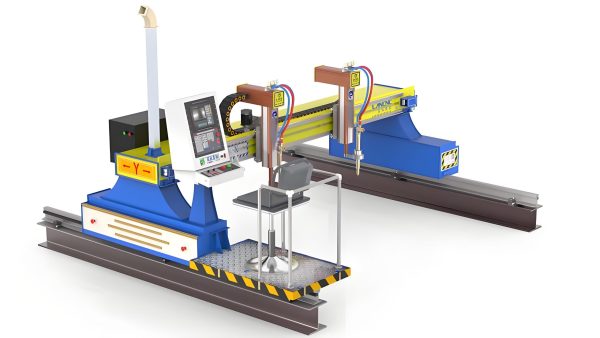
CNC Routers & Plasma Cutters
Specialized machines for cutting and shaping materials like wood, plastic, metal, and composites. A cnc machine router uses spinning tools while plasma cutters use high-temperature plasma for metal cutting.
Machine Structure and Design Considerations
The mechanical structure of a cnc machine plays a critical role in determining its performance, accuracy, and longevity. Design engineers focus on several key factors to ensure optimal machine performance.
Structural Rigidity
The machine frame must resist deformation under cutting forces, vibration, and thermal expansion. Materials like cast iron and welded steel provide the necessary rigidity for a high-performance cnc machine.
Thermal Stability
Temperature changes can cause dimensional variations in machine components. Advanced cnc machine designs incorporate thermal compensation systems and temperature-controlled environments to maintain accuracy.
Dynamic Balance
Rotating components like spindles and tool changers must be precisely balanced to minimize vibration, which can affect surface finish and tool life in a cnc machine.
Ergonomics and Accessibility
Machine design should facilitate easy loading/unloading of workpieces, tool changes, and maintenance. Operator comfort and safety are important considerations in cnc machine design.
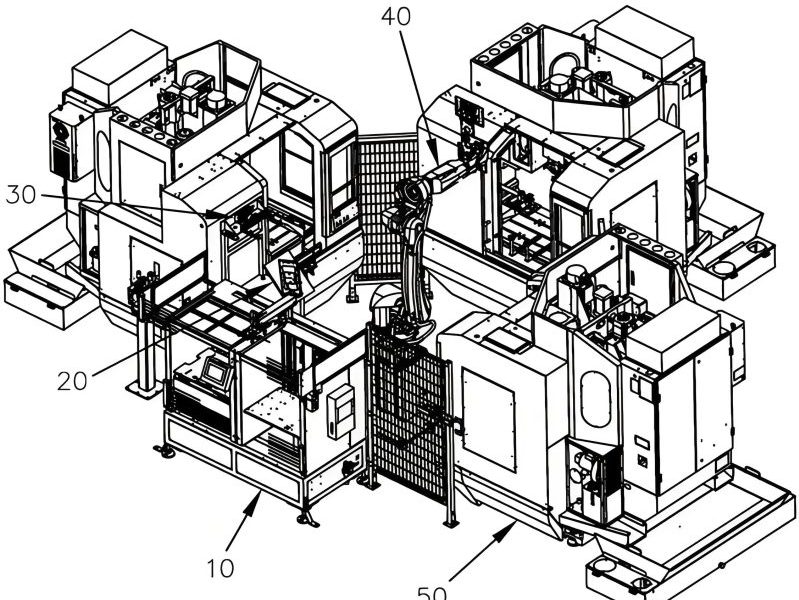
Guideway Systems
Precision linear guides that determine the smoothness and accuracy of axis movement in a cnc machine.
Tool Changers
Automated systems that change cutting tools, reducing setup time and enabling complex operations on a cnc machine.
Coolant Systems
Deliver cutting fluid to the tool-workpiece interface to reduce heat and friction during cnc machine operations.
Workholding Devices
Secure the workpiece during machining, ensuring stability and accurate positioning on a cnc machine.
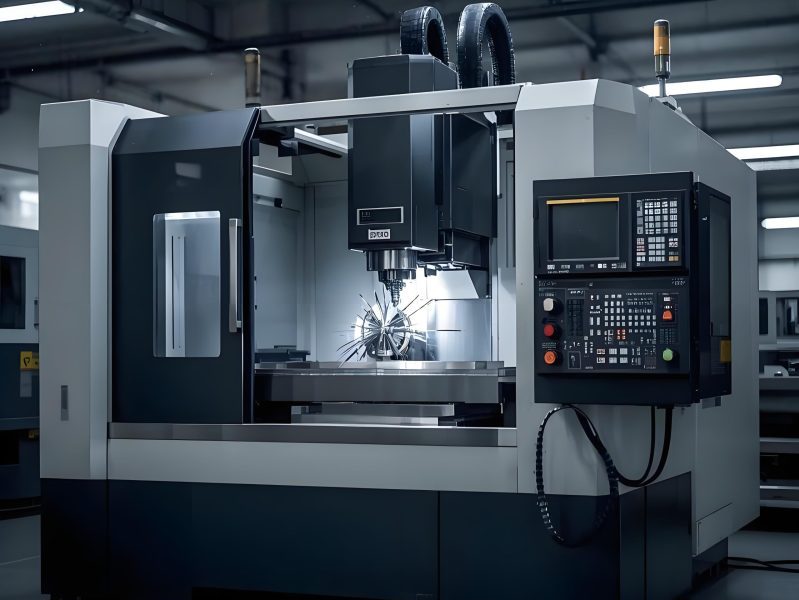
Selecting the Right CNC System
Choosing the appropriate cnc machine and system configuration requires careful consideration of application requirements, production volumes, and budget constraints. The selection process should align with specific manufacturing goals and part requirements.
A well-chosen cnc machine can significantly improve productivity, quality, and overall manufacturing efficiency, while an inappropriate selection may result in unnecessary costs, production limitations, or poor performance.
The selection process typically involves evaluating part complexity, material type, required accuracy, production volume, and available floor space. It's also important to consider future expansion needs and the potential for upgrading the cnc machine system as manufacturing requirements evolve.
CNC System Selection Criteria
Part Requirements
- Geometry complexity and size
- Tolerance requirements (±0.001mm or greater)
- Surface finish specifications
- Material type and hardness
Production Requirements
- Production volume (prototyping to mass production)
- Required cycle time
- Flexibility for product changes
- Automation integration needs
Machine Capabilities
- Number of axes and configuration
- Spindle speed and power
- Rapid traverse and feed rates
- Tool capacity and changing time
- Work envelope size
Economic Factors
- Initial investment cost
- Operating costs (power, maintenance)
- Return on investment timeline
- Training requirements for operators
Support Considerations
- Manufacturer support and service
- Availability of spare parts
- Software updates and upgrades
- Warranty terms and conditions
CNC Applications by Industry
Aerospace & Defense
Producing complex, high-precision components from advanced materials like titanium and composites. A cnc machine in this sector must meet stringent quality and accuracy requirements for safety-critical parts.
Automotive
High-volume production of engine components, transmission parts, and chassis components. Automotive applications require cnc machine systems with high throughput and consistent quality.
Medical
Manufacturing surgical instruments, implants, and medical devices with exceptional precision. A cnc machine used in medical applications must adhere to strict regulatory requirements and produce parts with biocompatible finishes.
General Engineering
Versatile production of custom parts and components for various industries. General engineering often requires flexible cnc machine systems capable of handling diverse materials and part geometries.
Implementation and Integration
Successful implementation of a cnc machine involves more than just purchasing equipment; it requires careful planning for installation, integration with existing systems, and operator training.
Installation Considerations
Proper foundation, power requirements, and environmental controls are essential for optimal cnc machine performance. Vibration isolation, temperature control, and adequate lighting contribute to consistent accuracy and operator comfort.
Software Integration
Connecting the cnc machine with CAD/CAM software, production planning systems, and quality control software creates a seamless digital workflow. This integration improves efficiency, reduces errors, and enables data-driven decision making.
Operator Training
Comprehensive training ensures operators can maximize the capabilities of the cnc machine. Training should cover programming, setup, operation, maintenance, and troubleshooting to ensure safe and efficient operation.
Process Optimization
After installation, continuous process optimization helps maximize the productivity and quality of the cnc machine. This includes toolpath optimization, cutting parameter refinement, and preventive maintenance scheduling.
Future Trends in CNC Technology
Industry 4.0 Integration
Increased connectivity and data exchange between cnc machine systems, enabling smart manufacturing, predictive maintenance, and remote monitoring.
AI and Machine Learning
Artificial intelligence optimizing cnc machine performance through adaptive control, tool wear prediction, and automatic parameter adjustment.
Advanced Automation
Integration of robotics, automated material handling, and lights-out manufacturing with cnc machine systems for 24/7 production.
High-Precision Technologies
Nanotechnology, improved feedback systems, and thermal compensation pushing the accuracy limits of the modern cnc machine.
Ready to Implement CNC Technology?
Whether you're looking to upgrade your existing equipment or implement a new cnc machine system, our experts can help you find the perfect solution for your manufacturing needs.
